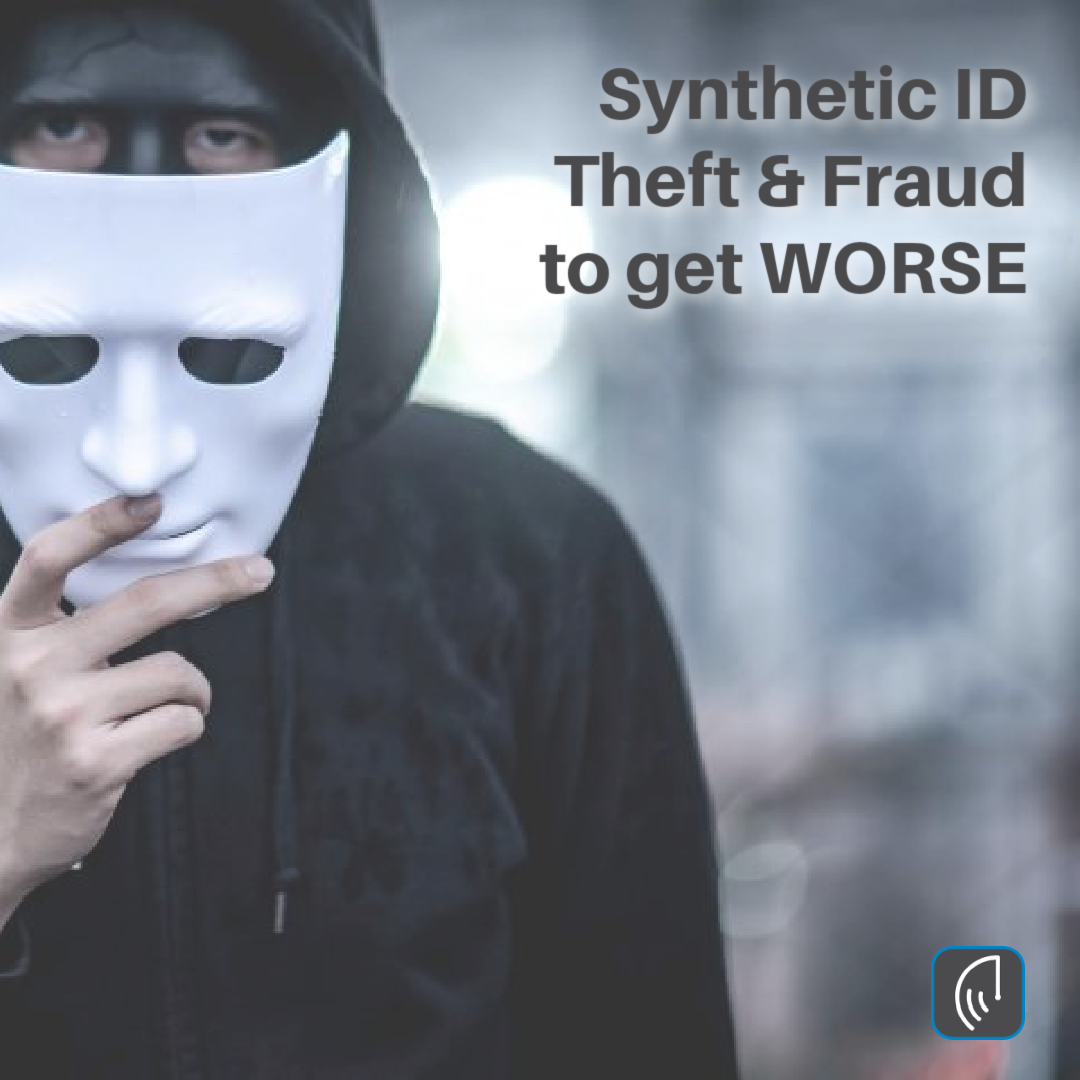In August 2014, I wrote an article for the Arizona Republic titled Synthetic Identity Fraud Emerges As Growing Threat. In the article, I pointed to the fact that synthetic ID Theft & Fraud is getting worse. Stating that “synthetic identity theft and fraud often include a combination of fake and real credentials using names, Social Security numbers, driver’s licenses, and employee identification numbers to create new ‘synthetic’ or fake identities.”
Fast forward to 2021 – nearly seven years later – and this April 26, 2021, Forbes article titled Identity Frauds That Might Pose A Threat To Your Company In 2021.
This Forbes article includes a brief summary of synthetic identity theft and fraud and made me think of how both small businesses and consumers need to increase their knowledge and awareness of their digital risk.
Think about it, both consumers and small businesses have entered the digital world where we are all at risk. Examples of digital risk include a phishing attack; a hacking attack; or when your personal privacy or data privacy is exposed; or when your cloud computing or cloud storage vendor is hacked.
And to be clear – digital services such as the internet, website marketing, Apple and Google apps, and more, make it possible for small businesses to deliver more new products and services. These same digital services also create more satisfying customer experiences.
However, with these great new digital services comes risk – or should I say “digital risk”. As I mentioned above, digital risk means unwanted and often unexpected outcomes. Outcomes that stem from digital business processes and digital consumer services.
So what does all this mean?
First, there was a significant increase in the number of identity theft cases in 2020. These cases are mainly due to the Covid-19 pandemic with employees working from home and students studying remotely.
Second, as businesses and consumers try to mitigate their exposure to data breaches and identity theft, cybersecurity experts anticipate another significant increase in identity theft and fraud in 2021.
One of those expected trends and contributing factors in cybercrime in 2021 will be the use of synthetic identity theft and fraud.
With synthetic identity theft and fraud helping in the authentication of an unauthorized individual by combining real and fake information, ID theft criminals are creating a completely new identity that looks so real – both businesses and consumers cannot tell the difference.
So what can be done? Cybersecurity experts are working on new technologies where financial companies can know verify consumers’ identity securely.
In addition, small businesses and consumers can help manage their digital risk by:
- Using stronger passwords and passphrases
- Implementing two-factor authentication to minimize the risk of identity theft and unauthorized login.
By Mark Pribish
Vice President and ID Theft Practice Leader
April 2021
